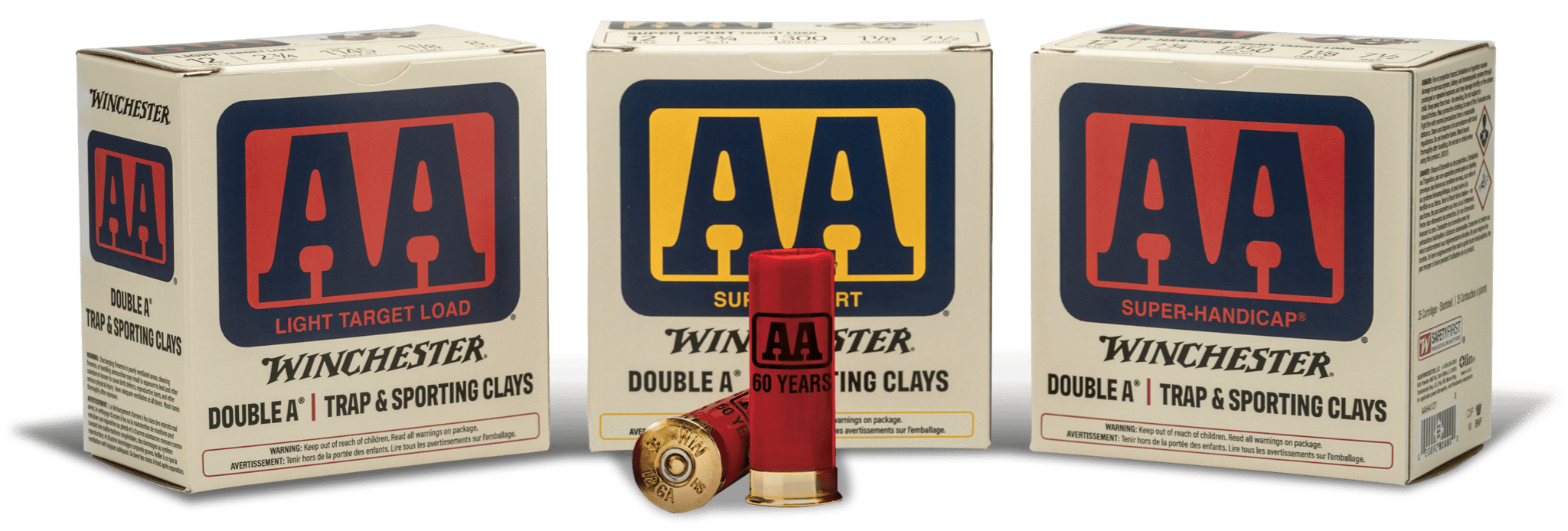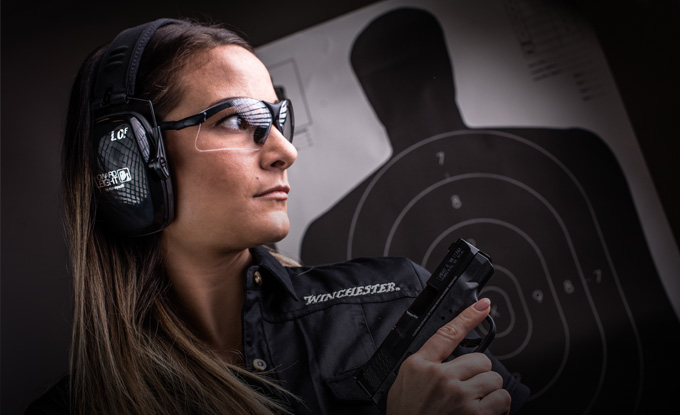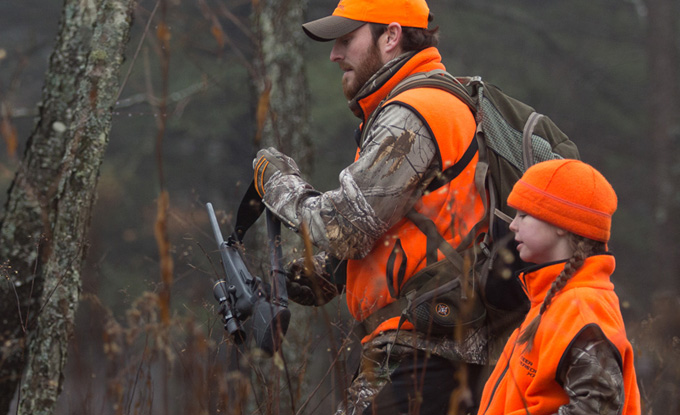How to Bust More Clays at the Skeet Range
Spring is back and warm weather is upon us.
Hunters may be hitting the turkey woods, but for many competitive and recreational shooters, the skeet range is where they cut their clay busting teeth and the skeet range is where they return to perfect the wingshooting skills that make this and other competitive clays games so challenging and so much fun. To improve your game on the skeet range this year, follow these basic tips:
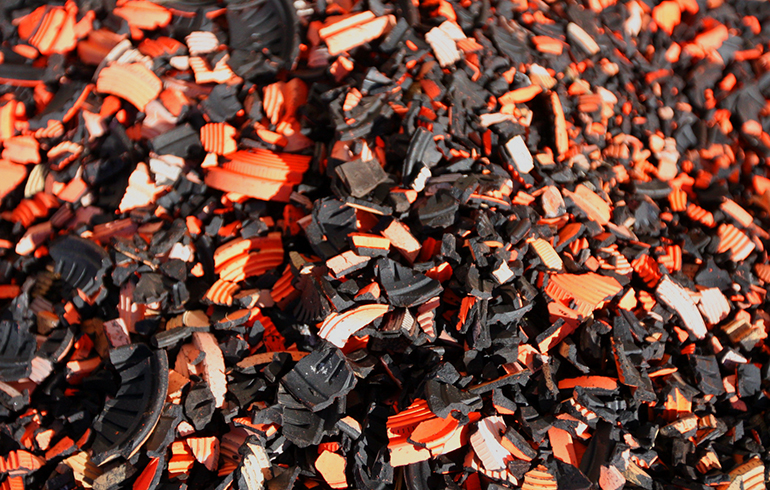
- Know Your Gun – This one seems obvious, but you’d be amazed at the guys who set the wrong barrel to fire first on an over/under or don’t get the safety off even after yelling “pull.” Little things like that can hang you up for just a second and a second of distraction is enough to make you miss a target and start blowing that score.
- Practice Dry – To fulfill Tip No. 1 above and ensure a flawless mount at each station, make sure your shotgun is empty and practice mounting it while in your home over and over again. Practice your stance and bringing the gun up to your face where it should shoulder naturally. Visualize the target and swing on what you picture the target presentation to be. Spend a half-hour several days every week. The point is to develop a natural tendency for your point of aim to be right on target as you bring the gun up to the shoulder.
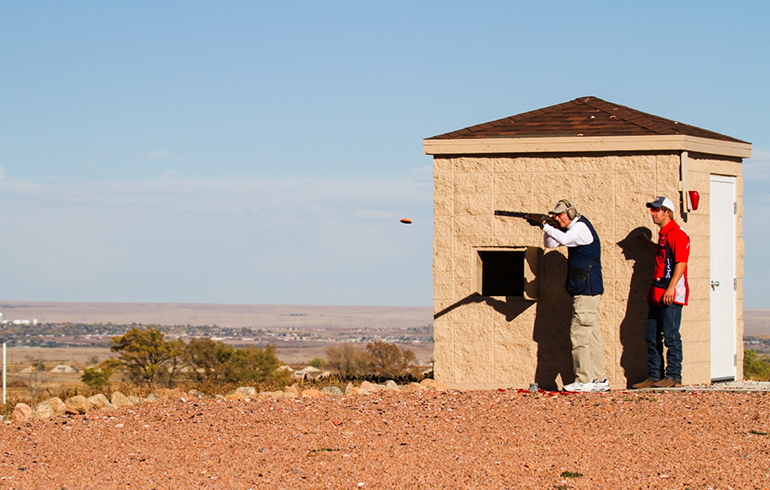
- Maintain a Balanced Stance – How you place your feet as you swing the gun is just as critical as the swing and aim themselves. With one foot forward and your off-hand hip aligned with the spot you plan to pull the trigger, maintain a weight-forward shoulder-width stance with roughly 60 to 65 percent of your weight on the front foot. This will provide the balance and mobility to swing and shoot without ever moving your feet.
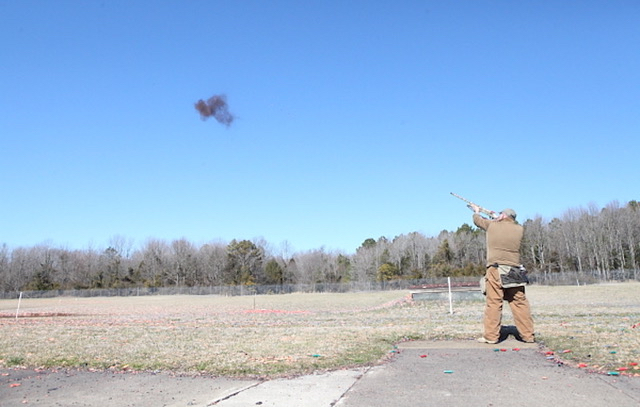
- Know Your Point of Impact – Let’s face it, not all shotguns send a pattern downrange perfect radiating from that point you were aiming at when you pulled the trigger. Some guns/loads may shoot slightly off-center or to the left slight or to the right slightly. Pattern your gun with the choke and load and at the approximate distances you will be shooting to understand how wide and consistent your pattern is at those distances. You also want to be sure the point-of-aim matches the actual point-of-impact and if it doesn’t, adjust accordingly. Only by pattering your skeet gun will you know what your pattern is capable of when it reaches the clays.
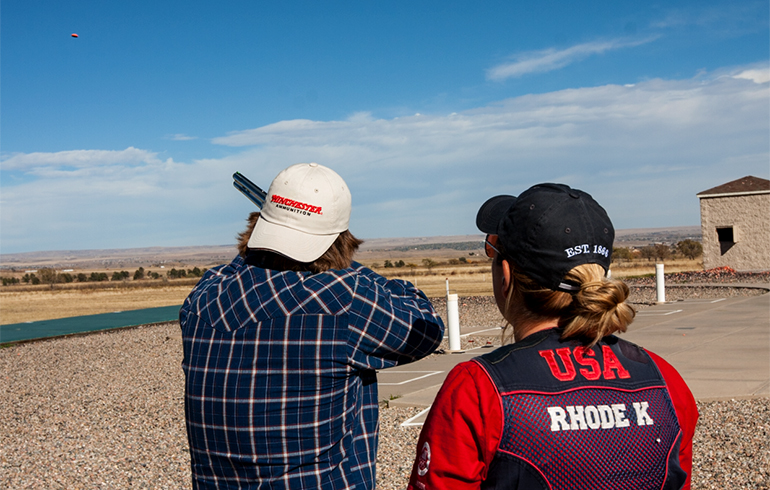
- More Lead – That is lead as in leader, not lead as in what the shot is typically made of. Missed crossing shots are overwhelmingly due to not enough lead, rarely ever too much. To better gauge how your lead matches up with where the pattern is actually flying, practice crossing (and all shots for that matter) using Winchester AA Traacker shotshells, which utilize colored wads that track near perfectly with the point of aim of the shot. Use the orange wads for overcast/dark backdrops and the black wads for clear sky background shots.
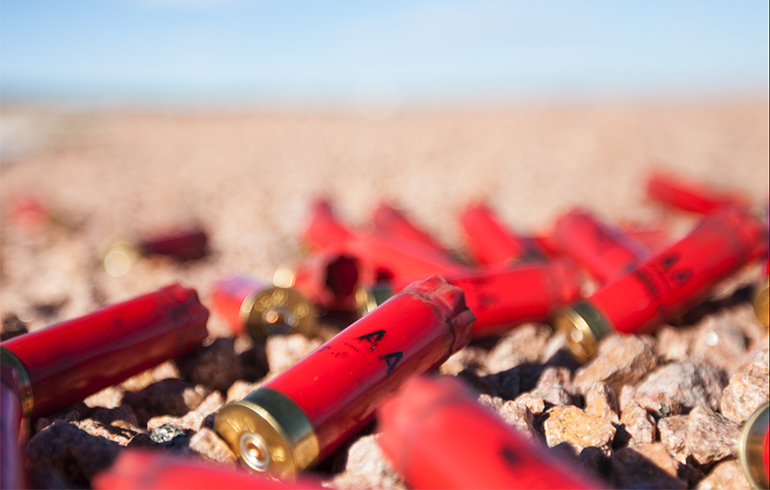
- Choose a Good Shell – A good shell can sometimes make up for a bad shot and good, reliable ammo can almost always help boost the confidence of a shooter who gets on a tear. One of the most proven target loads on the market is the Winchester AA shell, which has been a favorite among wingshooters for more than 50 years now due to its reliability and high performance.

Winchester Ammunition
A world leader in delivering innovative products, Winchester is The American Legend, a brand built on integrity, hard work, and a deep focus on its loyal customers.

